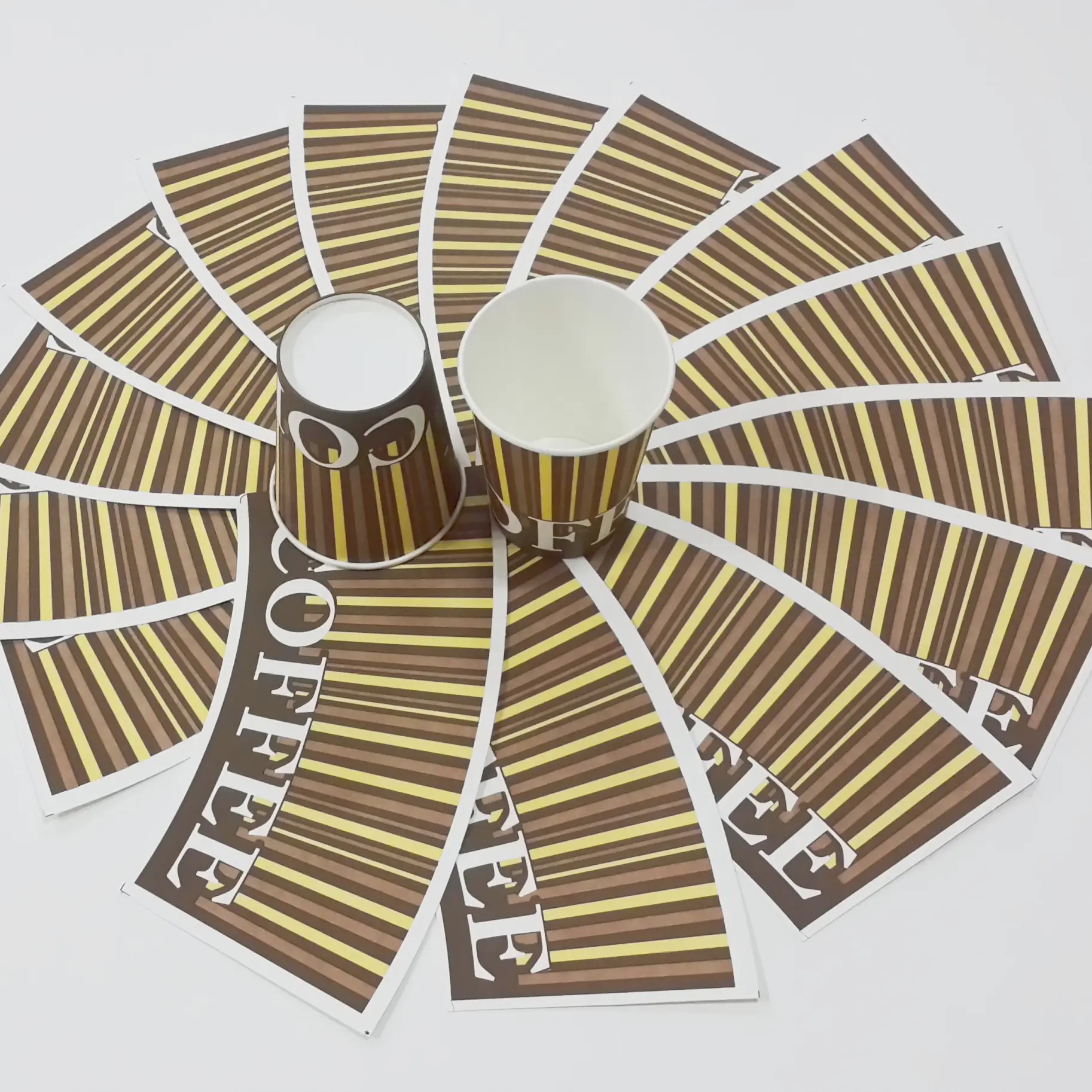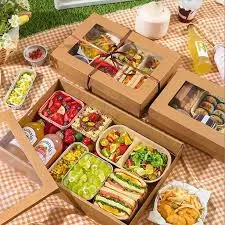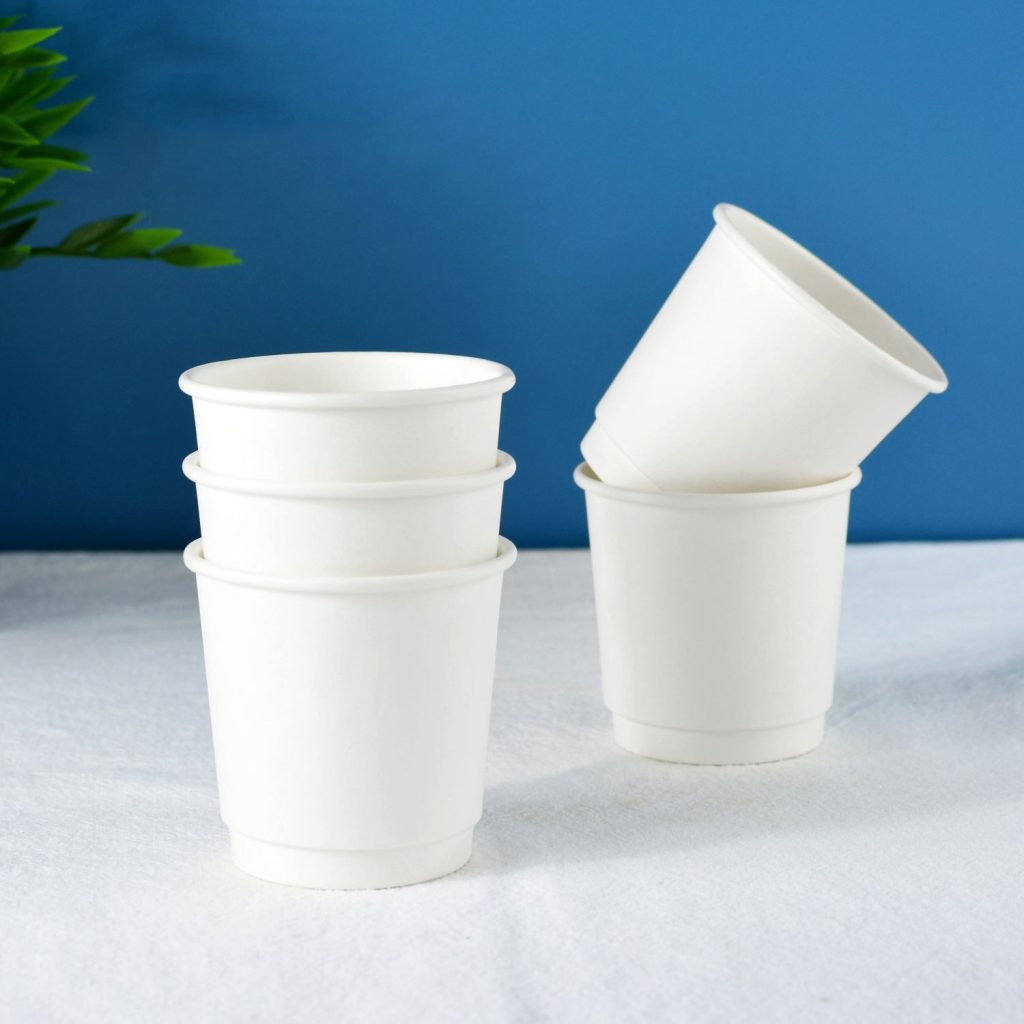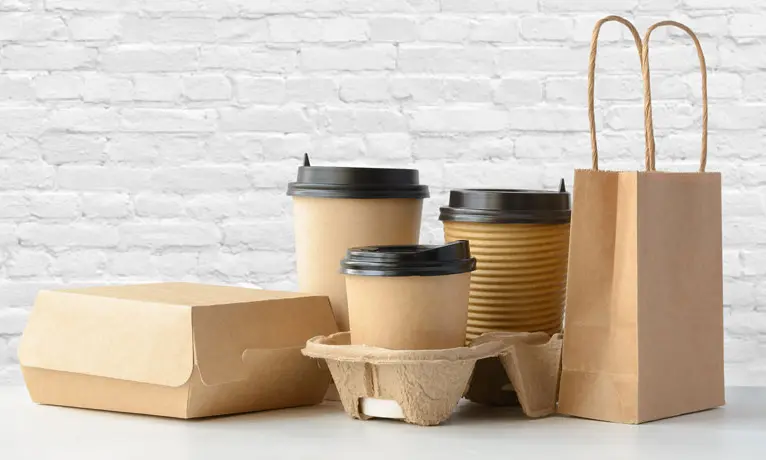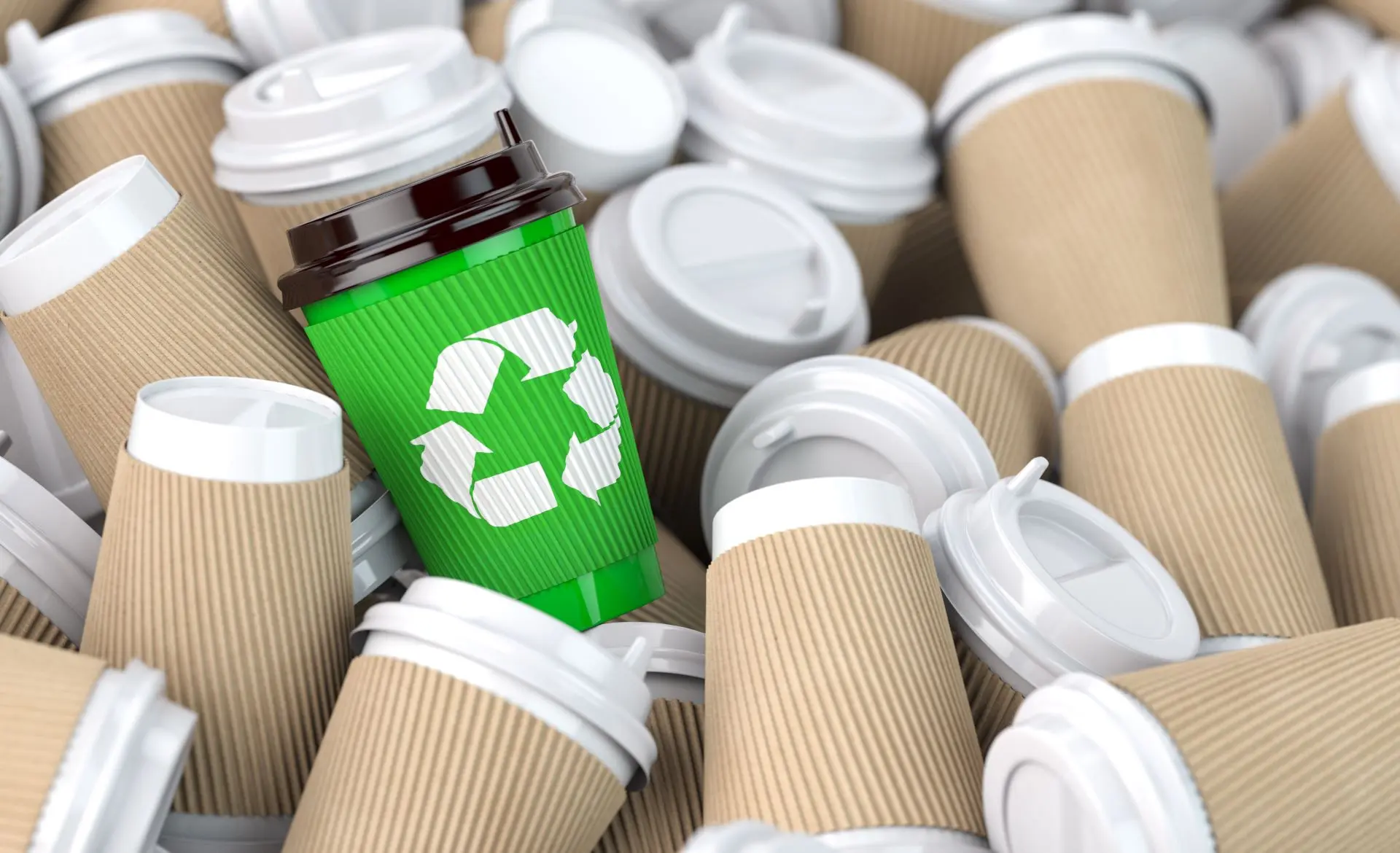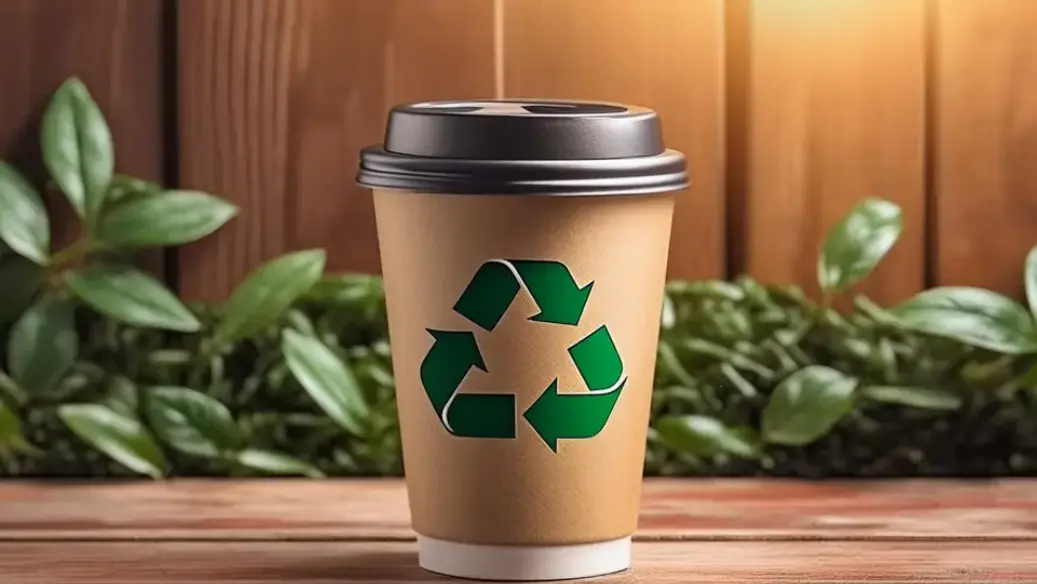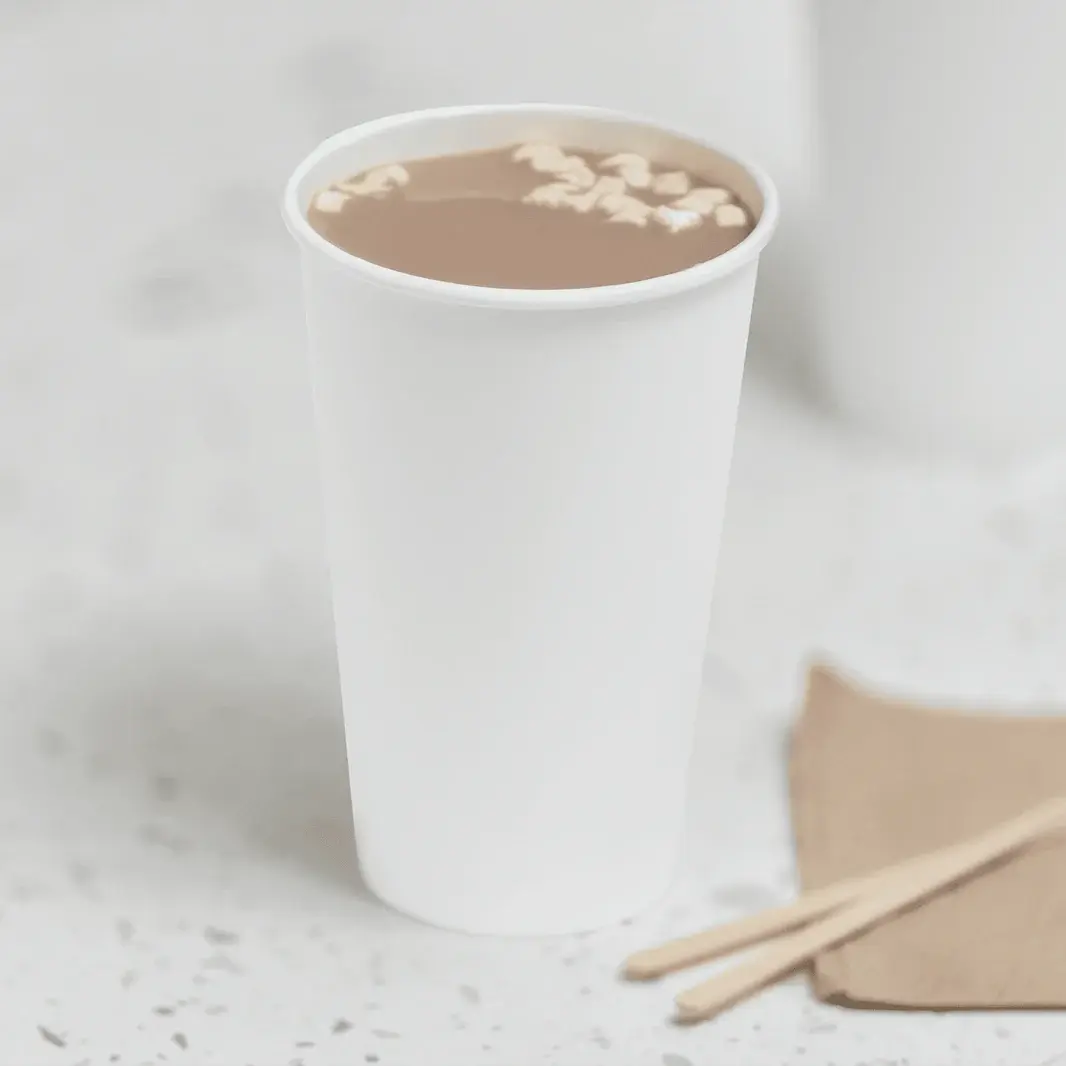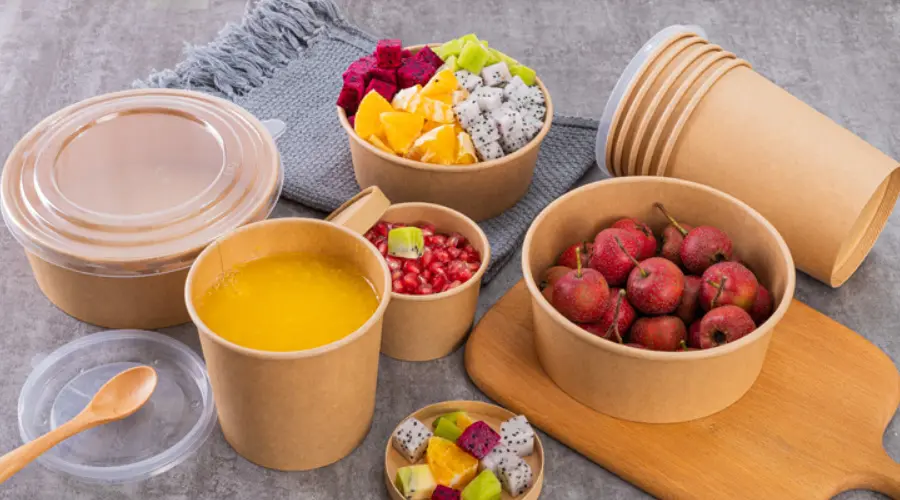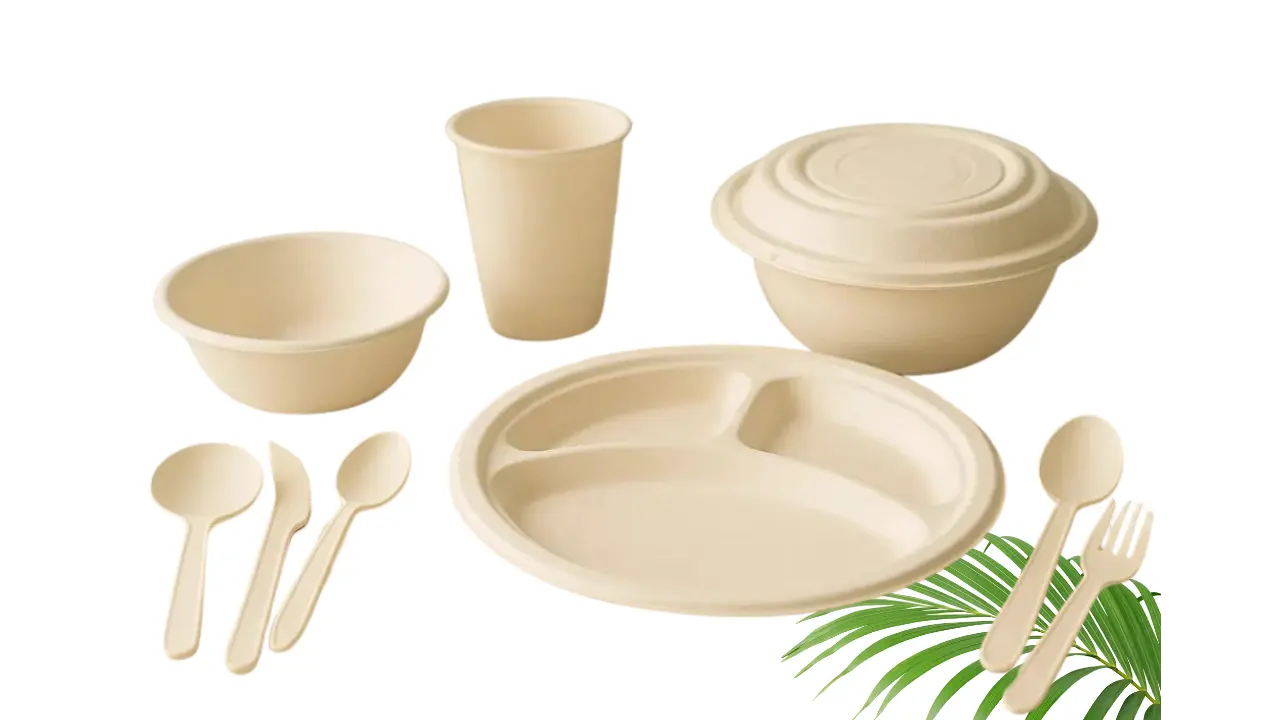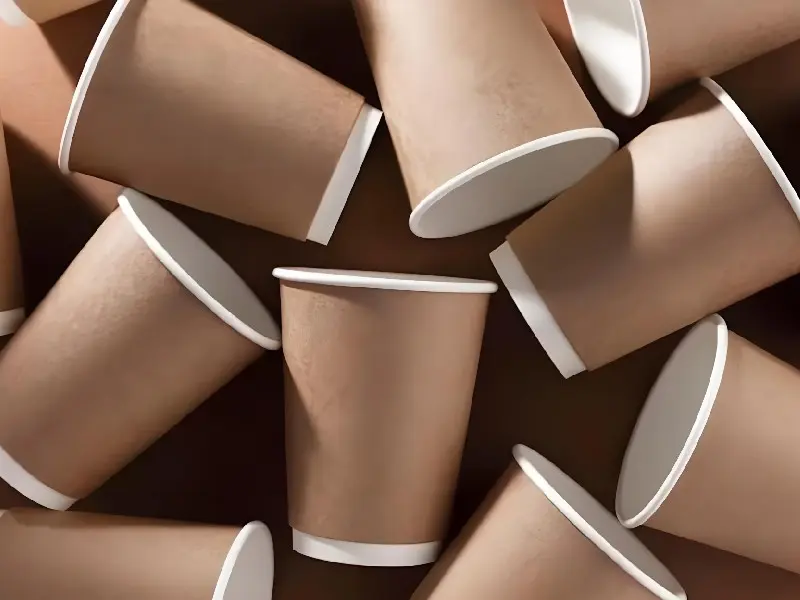What You Should Know About Recycling Disposable Paper Cups
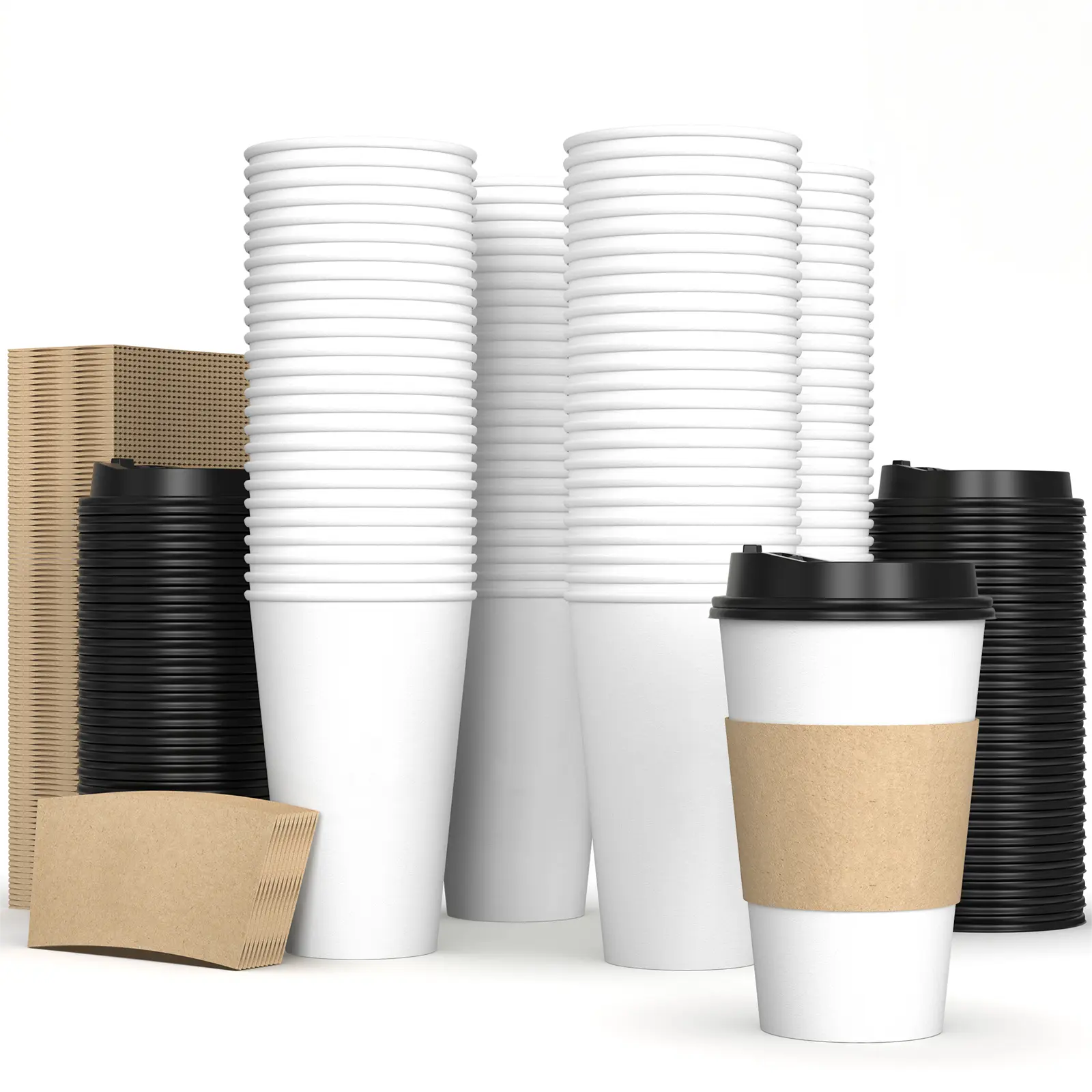
Yes, I can confirm that disposable Paper Cups can be recyclable. However, their recyclability hinges on several factors. The materials used in their construction, local recycling programs, and even contamination levels play crucial roles. Understanding these elements helps me navigate the recycling landscape more effectively.
Key Takeaways
- Disposable paper cups can be recyclable, but it depends on local recycling programs and the materials used. Always check if your local facility accepts them.
- Contamination is a major issue in recycling. Always empty and rinse your cups before recycling to prevent contamination and ensure they can be processed.
- Consider using reusable or compostable alternatives to disposable paper cups. These options reduce waste and can save you money in the long run.
Materials in Disposable Paper Cups
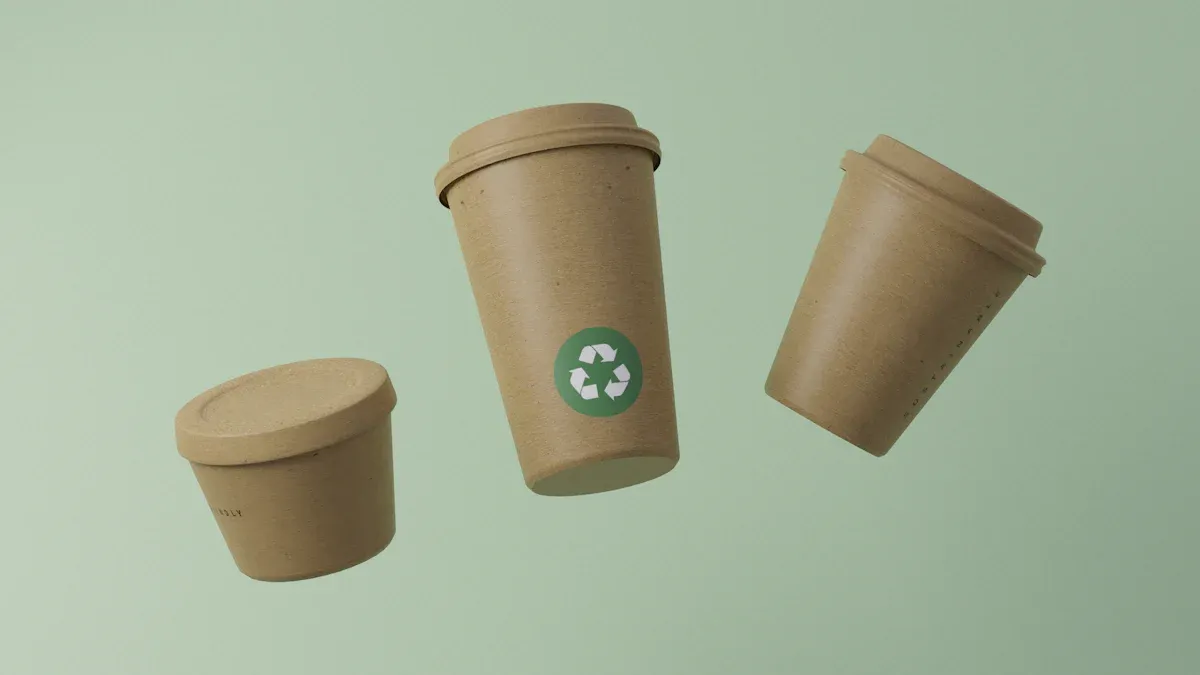
Composition of Disposable Paper Cups
When I examine disposable paper cups, I find that they consist primarily of paperboard. This material provides the necessary strength and structure. However, the composition can vary based on the manufacturer. Some cups may contain additional materials to enhance durability or insulation. Here are the main components I typically encounter:
- Paperboard: The primary material, usually made from virgin or recycled fibers.
- Polyethylene (PE): A plastic coating that makes the cup waterproof and prevents leaks.
- Ink and Adhesives: Used for branding and sealing, these can complicate the recycling process.
Understanding these components helps me appreciate the challenges involved in recycling disposable paper cups.
Coatings and Their Impact on Recycling
The coatings on disposable paper cups significantly affect their recyclability. Most disposable paper cups have a thin layer of polyethylene, which is essential for keeping liquids contained. Unfortunately, this coating poses a challenge during the recycling process.
Tip: Always check if your local recycling facility accepts coated paper products.
Some facilities can separate the paper from the plastic, while others cannot. This limitation often leads to many disposable paper cups ending up in landfills instead of being recycled.
Additionally, some manufacturers are exploring alternative coatings, such as plant-based materials. These innovations could improve the recyclability of disposable paper cups in the future. I remain hopeful that advancements in technology will lead to more sustainable options.
Challenges of Recycling Disposable Paper Cups

Recycling disposable paper cups presents several challenges that I have encountered in my research. Understanding these obstacles can help me make informed decisions about my recycling habits.
Contamination Issues
One of the most significant challenges I face when recycling disposable paper cups is contamination. MaNy Cups end up soiled with leftover liquids or food residues. This contamination can render the entire batch of recyclable materials unusable.
Tip: Always empty and rinse your cups before placing them in the recycling bin.
I often see people tossing their cups into recycling bins without considering the contents. This oversight can lead to contamination, which complicates the recycling process. Facilities may reject contaminated cups, sending them straight to landfills.
Additionally, I have noticed that some cups are made from materials that are difficult to clean. For example, cups with thick coatings or those that have absorbed liquids may not be suitable for recycling. This situation highlights the importance of proper disposal practices.
Recycling Facility Limitations
Another challenge I encounter is the limitations of recycling facilities. Not all facilities are equipped to handle disposable paper cups. Many lack the technology to separate the paper from the plastic coating effectively.
I have learned that some facilities can process coated paper products, while others cannot. This inconsistency means that even if I diligently recycle my cups, they may still end up in a landfill if the local facility does not accept them.
Note: It’s crucial to check with local recycling programs to understand what they accept.
I often recommend that individuals contact their local waste management services to clarify what can be recycled. This knowledge empowers me to make better choices and reduces the likelihood of contamination.
Regional Differences in Recycling Disposable Paper Cups
When I explore the recycling landscape for disposable paper cups, I notice significant regional differences. Local recycling programs vary widely, affecting how effectively I can recycle these cups in my area.
Local Recycling Programs
I have found that local recycling programs play a crucial role in determining whether I can recycle disposable paper cups. Some cities have advanced facilities that can process these cups, while others do not. Here are some factors I consider when evaluating local programs:
- Acceptance of Coated Paper Products: Some programs accept disposable paper cups, while others do not. I always check if my local facility can handle the polyethylene coating.
- Collection Methods: Some areas provide curbside recycling, making it easy for me to recycle. Others may require me to take my cups to a specific drop-off location.
- Education and Awareness: I appreciate programs that educate the public about proper recycling practices. This information helps me understand how to prepare my cups for recycling.
I often recommend that individuals research their local recycling guidelines. This knowledge empowers me to make informed decisions about my waste.
What to Check in Your Area
Before I toss my disposable paper cups into the recycling bin, I make sure to check a few key details in my area:
- Recycling Guidelines: I look for specific instructions on what materials are accepted. Many municipalities provide this information online.
- Contamination Rules: I pay attention to any rules regarding contamination. Knowing how to clean my cups before recycling can make a significant difference.
- Local Initiatives: I stay informed about any local initiatives aimed at improving recycling rates. Some communities may have special programs for disposable paper cups.
By checking these details, I can ensure that my efforts to recycle are effective. I encourage others to do the same. Understanding local recycling programs can lead to better outcomes for our environment.
Related Items: Sleeves and Lids
Are Sleeves Recyclable?
When I consider the sleeves that often accompany disposable paper cups, I find that their recyclability varies. Most sleeves are made from paper or cardboard, which generally makes them recyclable. However, I always check for any plastic coatings or additional materials. If the sleeve is clean and free from contaminants, I can usually recycle it with my paper products.
Tip: Always remove the sleeve before recycling the cup. This practice ensures that both items can be processed correctly.
What About Plastic Lids?
Plastic lids present a different challenge. Many of these lids are made from polystyrene or polypropylene, which complicates their recyclability. I have learned that not all recycling facilities accept these types of plastics.
I often check local guidelines to see if they accept plastic lids. If they do not, I make sure to dispose of them in the trash. Some manufacturers are working on creating more sustainable options, such as biodegradable lids. I remain hopeful that these innovations will make recycling easier in the future.
Note: Always verify the recycling symbols on lids to determine their recyclability.
By understanding the recyclability of sleeves and lids, I can make better choices and contribute to reducing waste.
Alternatives to Disposable Paper Cups
I often consider alternatives to disposable paper cups to reduce waste and promote sustainability. By choosing reusable or compostable options, I can make a positive impact on the environment.
Reusable Cup Options
Reusable cups offer a practical solution for those who want to minimize their environmental footprint. I have found several options that suit different lifestyles:
- Stainless Steel Cups: These cups are durable and keep beverages hot or cold for extended periods. I appreciate their longevity and ease of cleaning.
- Glass Cups: Glass provides a stylish option. I enjoy using them at home or in the office, but I handle them with care to avoid breakage.
- Silicone Cups: These flexible cups are lightweight and portable. I often take them on trips or outdoor adventures.
Using reusable cups not only reduces waste but also saves money in the long run. Many coffee shops offer discounts for bringing your own cup, which I find appealing.
Compostable Alternatives
Compostable cups present another eco-friendly option. These cups break down naturally in composting environments, reducing landfill waste. I have seen various brands offering compostable disposable paper cups made from materials like PLA (polylactic acid) or bagasse (sugarcane fiber). Here are some benefits I’ve noticed:
- Environmental Impact: Compostable cups help divert waste from landfills and contribute to soil health.
- Convenience: They provide a similar experience to traditional disposable paper cups without the guilt of harming the environment.
I always check for certification labels to ensure the cups meet compostability standards. By opting for compostable alternatives, I can enjoy my beverages while supporting sustainable practices.
Recycling disposable paper cups can be complex. I find that understanding the materials and local guidelines significantly helps. I encourage everyone to explore alternatives, such as reusable or compostable options, to reduce waste. Every small change contributes to a more sustainable future.
FAQ
Can I recycle disposable paper cups at home?
Yes, I can recycle them if my local facility accepts coated paper products. Always check local guidelines first.
What should I do with contaminated cups?
I should dispose of contaminated cups in the trash. Contamination can ruin the recycling process for others.
Are there any brands that offer fully recyclable cups?
Some brands are developing fully recyclable cups. I always look for certifications that indicate their recyclability before purchasing.

